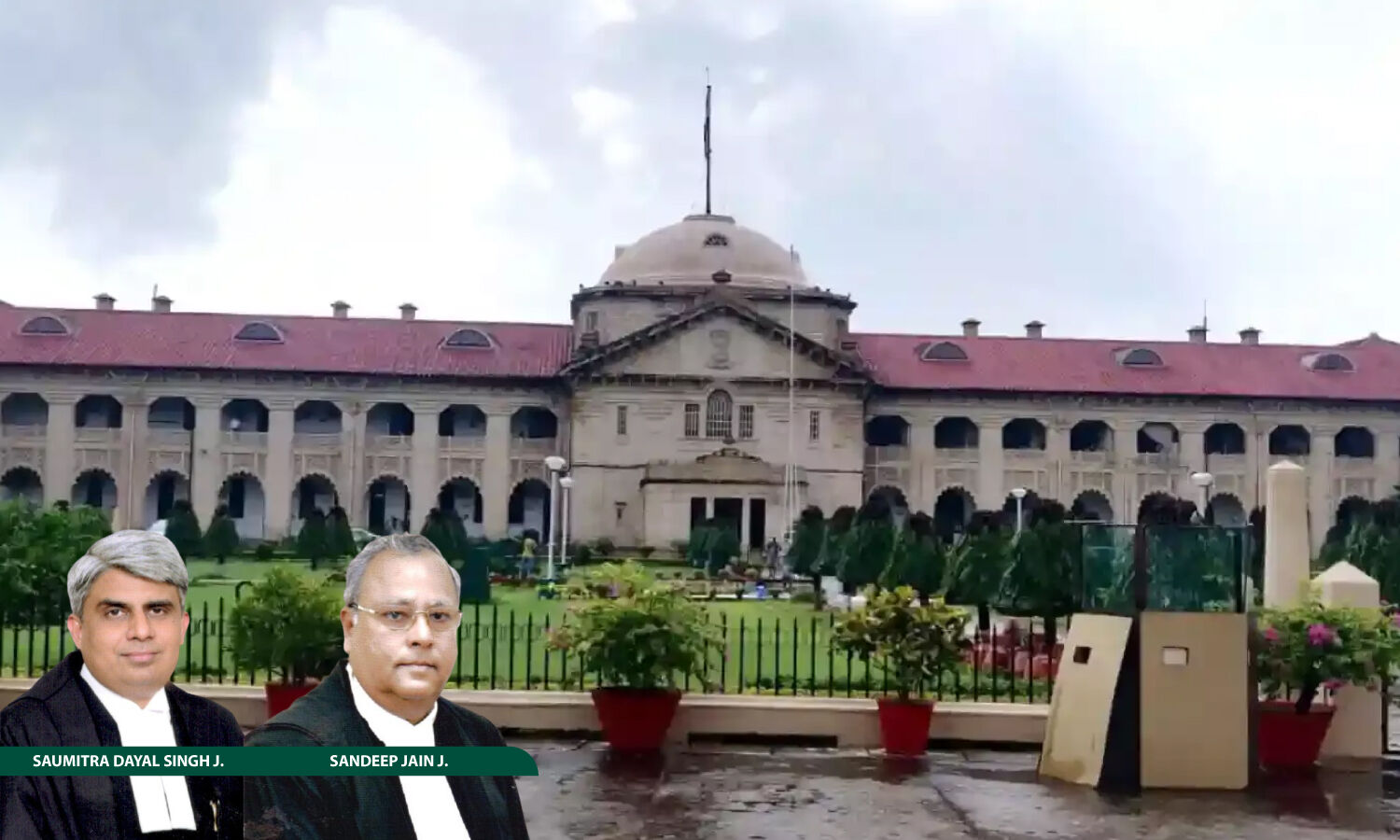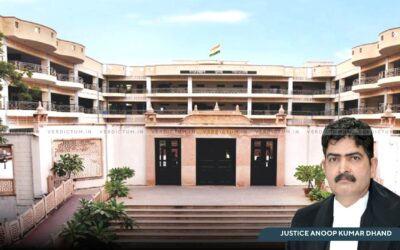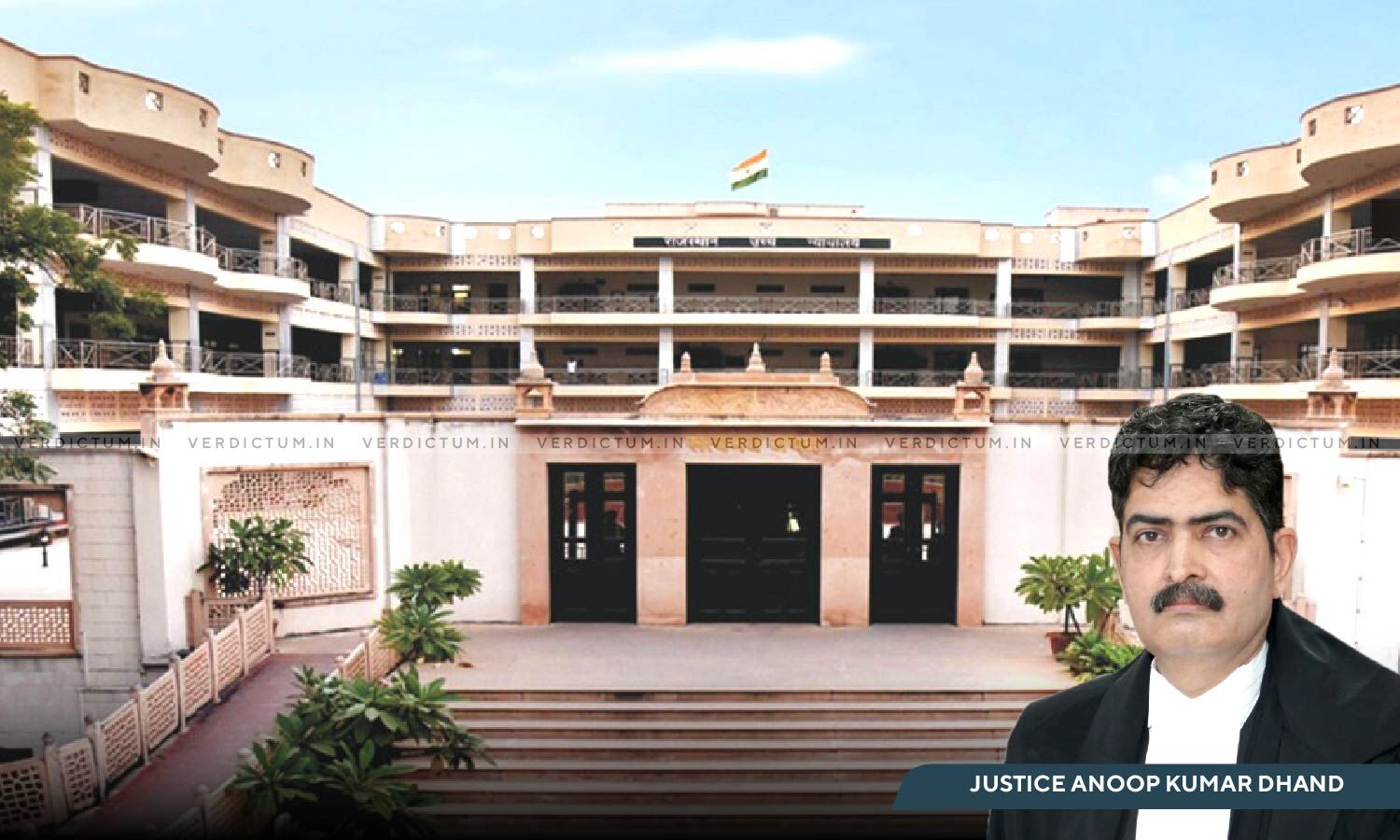Allahabad High Court Acquits 2 Men Accused Of Raping & Killing 2 Minor Girls In 1987

The Allahabad High Court has acquitted two men who were accused of raping and killing two minor girls in the year 1987.
A Criminal Appeal was preferred by the accused persons against the Judgment of the Additional Sessions Judge by which they were convicted for the offence under Sections 376, 302, and 201 of the Indian Penal Code, 1860 (IPC).
A Division Bench comprising Justice Saumitra Dayal Singh and Justice Sandeep Jain observed, “In view of these facts, when rape could not be affirmatively established, the motive remains undisclosed. Suspicion, however strong, may never replace proof necessary to persuade the Court to accept the existence of complete chain of circumstances. Unless the chain of evidence is found to be complete, no conviction may arise or be sustained on that count.”
The Bench said that the extra-judicial confession is not of such evidentiary value as may deserve complete trust to hold the accused guilty on its strength.
Advocate Shyam Shanker Pandey appeared on behalf of the Appellants/Accused while AGA Archana Singh appeared on behalf of the Respondent/State.
Facts of the Case
As per the prosecution case, a missing person report was filed in May 1987 stating that ‘K’ and another girl ‘T’ had left their home in the afternoon to cut grass. Both girls aged about 10 and 8 years respectively, did not return home by late evening. After a few days, their dead bodies were recovered from a pond near the river Ganges. Both bodies were in a late stage of decomposition and further, clothes of ‘K’ were recovered. Certain personal belongings of ‘T’ were also recovered. According to the prosecution story, following the discovery of the dead bodies of the deceased, rumours arose (at the village), implicating the Appellants-accused in the occurrence.
The accused persons were apprehended and post their arrest, first accused allegedly led the police to a sugarcane field where he purportedly committed rape upon ‘K’. According to forensic report, one sickle recovered contained blood marks. The clothing sent for forensic examination revealed presence of human blood; however all blood detected on the items sent for forensic examination was found disintegrated. At the trial, besides the documentary evidence, the prosecution examined ten witnesses. Thereafter, the statements of the accused were recorded under Section 313 of the Criminal Procedure Code, 1973 (CrPC) and the Trial Court convicted them. Being aggrieved by this, they approached the High Court.
Reasoning
The High Court in view of the above facts, remarked, “Plainly, though it may not have been necessary for the two witnesses to prove the exact words used by the accused appellants and we may give some margin for natural discrepancy that may arise if the same event or confession made were to be described by two different persons at two different times, what we may not overlook is material discrepancy in the facts described or confessed to.”
The Court noted that besides the difference in time and the circumstance in which the extra-judicial confessions are claimed to have been made, there is a material difference in the two confessions.
“Though we may not search for a doubt, by contrasting one confession with the other, what we may not accept is that the confessional statement as claimed by ‘M’ (to have been made by Gulab) does not find any corroboration whatsoever. Besides the fact that the injuries suffered by ‘T’ could not be proven due to the highly decomposed state of her dead body, the medical evidence also did not reveal any broken/fractured teeth or fractured hand. Further, no recovery of any lathi or hard/blunt object was made that may corroborate the extra-judicial confession allegedly proven by ‘M’ (P.W.-5)”, it further said.
The Court observed that if the prosecution relies solely on the extra judicial confession, its quality, tenor, and the circumstances surrounding must be such as leaves no doubt about its truthfulness and genuineness, to warrant a conviction and that is not the case, here.
“Some consideration may also be offered to the allegation of rape committed. The prosecution case rests entirely on the extra-judicial confession. As noted, medical evidence could not be presented due to the highly decomposed state of the dead bodies of ‘K’ and ‘T’. There was also no direct evidence of rape. Circumstantial evidence established both bodies were found clothed, at least over their lower limbs/half”, it added.
The Court also took note of the fact that the dead bodies were discovered five days after the incident and they were in a highly decomposed state, as proven by the doctor-to the extent neither the cause of death nor any opinion as to rape could be formed, as the relevant body parts had completely decomposed.
“For the reasons noted above, we find that the learned trial court has erred in reaching an order of conviction in the absence of convincing evidence (either direct or circumstantial)”, it concluded.
Accordingly, the High Court allowed the Appeal, set aside the Trial Court’s Judgment, and acquitted the accused persons.
Cause Title- Taley Hasan and Another v. State of U.P. (Neutral Citation: 2025:AHC:94381-DB)
Appearance:
Appellants: Advocates Shyam Shanker Pandey, Imran Mabood Khan, and Khalilullah Khan.
Respondent: AGA Archana Singh





